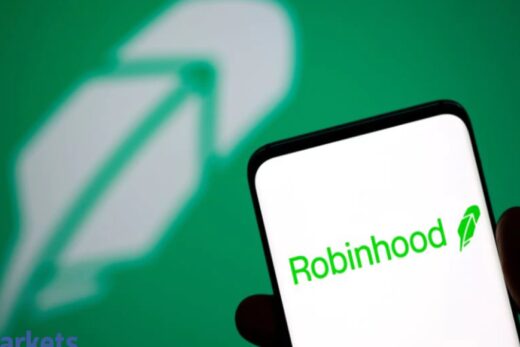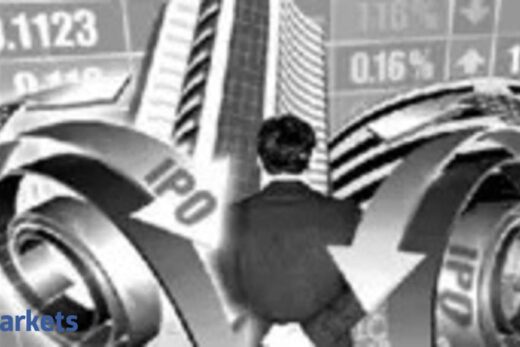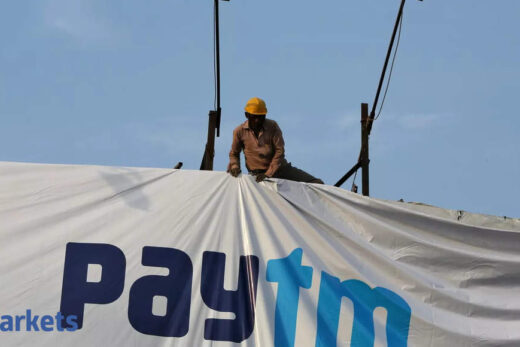A Special Purpose Acquisition Company or “SPAC” is a publicly listed firm, typically with an 18-month to 2-year lifespan, formed with the sole goal of merging with a private company, thereby enabling it to go public. Practically, the SPAC stops existing after the merger and the now listed private company takes over as the surviving entity (this may be interpreted differently from a technical/legal perspective).
Essentially, SPACs are an alternate route to a listing on a major exchange like the NASDAQ or NYSE as compared to a traditional IPO.
Origin story
SPACs descended from murky ‘blank-check’ companies of the 1980s. Blank-checks evolved into SPACs because they faced regulatory ire when numerous investors lost their investments in these companies. Hence, the crucial feature added to SPACs was an option for public investors to redeem their investment if they are not satisfied with the merger candidate, or if a merger is not completed within a stipulated time frame, typically 18-24 months.
In fact, SPACs themselves have been around since the early 2000s. However, they had largely flown under the radar until very recently.
248 SPACs raised $82B in 2020 as compared to a total of 225 SPACs and $47B in proceeds in the 10-year period between 2010 – 2019! The bubble gets bubblier – so far in 2021, in just 10 weeks, SPACs have nearly eclipsed the mind-boggling amount raised in all of 2020. Even the SEC appears concerned, as it seems to have intensified scrutiny and sent letters to banks for further information on this SPAC boom.
The devil lies in the structure
Like in other bubbles, is it the naive retail investor pouring money into SPAC IPOs? Not really.
SPAC IPO investors tend to be a group of very savvy hedge funds, sometimes referred to as the “SPAC Mafia”, and other large institutional investors.
The key feature driving these flows is the right to redeem their shares. In its IPO, a SPAC sells a ‘unit’ consisting of a share, a warrant, and in some cases, a right to a fraction of a share. This unit is priced at $10. The IPO proceeds are placed in a ‘trust’ and can only be invested in Treasury notes until the time of a merger with a target company. Once a merger candidate is identified (or the stipulated time of 18-24 months is over), the shareholders can redeem their shares. The redemption price is the IPO price plus whatever interest that accumulates in the trust.
However, the clincher is that the IPO investors get to keep their warrant and rights even if they redeem their shares. These warrants and rights become valuable if the SPAC can successfully consummate a merger.
With complete downside protection, and decent upside potential, investing in a SPAC IPO could be viewed as a no-brainer. The only real cost is the time value of money, as your principal may be locked-in till the SPAC finds a target or runs out of time. Since these shares are publicly traded, one could sell them on the exchanges in the interim too. However, volumes may be limited.
The capital at risk here is the SPAC Sponsor’s equity investment. It is the “Sponsor’ that creates the SPAC corporation and hires banks for its IPO. Subsequently, Sponsors are responsible for scouting for targets and completing the merger process. Sponsors are typically PE/VC/Hedge funds or other senior professionals (like CXOs etc.). However, recently even celebrities (Shaquille O’Neal, Alex Rodriguez, Serena Williams) have been involved with SPACs.
The Sponsor’s investment covers the cost of the IPO and operating costs while the SPAC is searching for a merger candidate. If a SPAC fails to complete a merger, the SPAC Sponsor’s equity investment would be wiped out. In exchange for underwriting this risk and their efforts to find a suitable target, the Sponsor is rewarded through ‘promote’ shares, which are typically equivalent to 25% of the SPAC IPO raise.
SPAC vs. IPO
So far, we have looked at SPACs from an investor’s point-of-view, but what about the target.
Why have high profile companies and marquee investors backed SPACs? Why have I been part of two SPAC sponsor teams? Well, I do think there are some inherent advantages for a company listing through a SPAC vis-à-vis an IPO:
1) Lower market and execution risk: SPACs offer relative certainty of valuation because they usually have PIPEs (Private Investment in Public Equity) committed in parallel to the merger, fairly early in the process. Also, a SPAC transaction could be materially shorter typically taking 13-16 weeks as against 21-28 weeks for an IPO.
2) Partners: The incentive structure for SPAC Sponsors (the promoted shares are typically locked-up for at least 12 months and/or are contingent on share price milestones) could make them long term partners even post a listing. Companies could benefit from their expertise and investor networks.
3) Lower disclosure restrictions, including projections: During a “de-SPAC” (the process of a target merging with a SPAC), the target can market based on projections; this is not possible in an IPO. This allows companies to seek valuations based on their full potential, even in the case of say biotech or battery-tech companies that may be pre-revenue.
4) From the perspective of Indian or other ex-US companies, direct IPOs overseas are only accessible to large companies, because most marquee US investment banks (that have a foothold in both the company’s home country and the US) may not consider it worth their while if the fundraising is not substantial. However, SPACs may be willing to transact with a relatively larger universe of companies.
Oversupply and its implications
“Buy not on optimism, but on arithmetic.” – Benjamin Graham.
Currently, there are ~550 SPACs (with several more coming down the pipe) with ~$180 billion in their trust accounts looking for targets. For the economics of the transaction to make sense, the target company’s value must be 3-5x of the SPAC’s size.
Hence, the arithmetic for SPACs looks challenging, to say the least. They need to find private companies that are both suitable and willing to list in the US, worth close to $500 billion-1 trillion over the next 18-24 months!
Initial signs of fatigue are already showing in the SPAC market. IPOs have slowed down in the last week and several SPACs are trading below the par value of $10 per share. Time will tell its performance if this slowdown sustains. However, it does seem warranted.
Even at current levels, several SPAC Sponsor teams will be concerned. The power has shifted to the target companies and all-important PIPE investors. With a plethora of SPACs to choose from, they can dictate terms. If Sponsor teams are unable to demonstrate sufficient value-add either through their technical, commercial, or capital markets expertise, they will have to agree to give up most of their promoters, or worse, see their SPACs liquidated and their investments completely written-off.
As in most bubbles, the clear winners have been the middlemen – the banks. They straightaway earn a fee, typically close to 2% of the IPO proceeds. During the de-Spacing transaction, there are additional fees in the form of deferred underwriting fee (typically another 3% of IPO proceeds) and private placement fees for facilitating PIPEs. The usual suspects, Citigroup, Goldman Sachs and Credit Suisse, top the league tables having underwritten ~$35B of SPAC IPOs just in 2021.
In summary, I believe SPACs offer some innate advantages and I think that with evolved structures, they will be able to offer better alignment amongst stakeholders. SPACs are here to stay, albeit in a less euphoric marketplace.
(Atanuu Agarrwal, Co-founder of Upside AI, a portfolio management services company. Views are his own)



